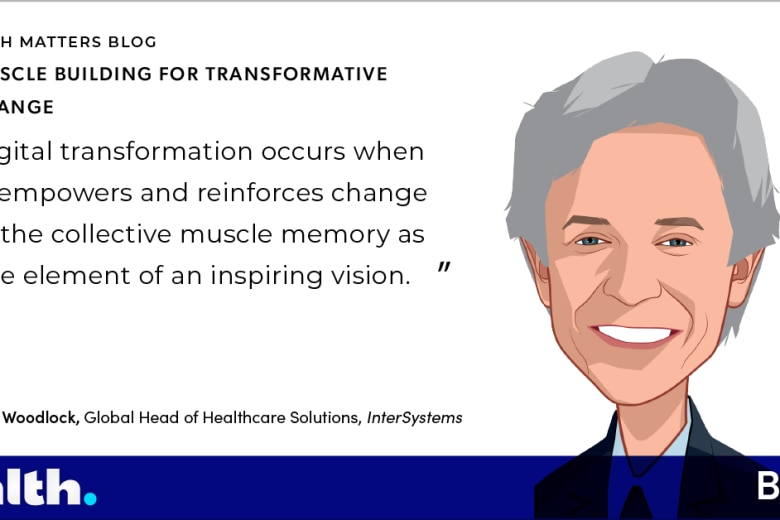Allowing patients to be more engaged with their care can help people be healthier and deliver better health outcomes. Technology is seen as a key enabler.
However, technology-enabled patient engagement is evolving. Globally, most countries exhibit a relatively low level of maturity of common patient engagement online functions such as patient access to medical records, appointment booking or communication with clinicians through secure messaging.
With many nations looking to further engage patients in their own care, the following considerations should be borne in mind.
1. Expect a strong undercurrent of clinicians’ objections
In September 2017, UK health secretary Jeremy Hunt spoke about the “patient power decade” and noted, “The decade when the master-servant relationship that existed for three millennia between doctors and patients will be turned on its head, and patients will use the information that becomes available at their fingertips to exert real control.”
Indeed, patient engagement entails fundamental cultural change in the patient-doctor relationship. Such a change is not always easy for those involved.
Specifically, clinicians will need to adjust and realign themselves with this emerging reality, and there is considerable evidence from around the globe that it is not a straightforward step. For example, research from the United Kingdom for the Sowerby e-Health forum showed that general practitioners in the UK are reluctant to share health data with patients. Only one in four GPs thought that the benefits to patients of accessing their own electronic health record outweighed the risks. Data from SERMO, a network for doctors mainly in the United States, has shown that two thirds of doctors are reluctant to share data with patients.
2. Patients are not easily impressed
Granting patients access to their own care records does not necessarily result in meaningful engagement. For example, according to research from the Houses of Parliament, the percentage of GP surgeries in England allowing patients to access their summary care record online, book appointments and order repeat prescriptions increased from 3 percent to 97 percent between 2014 and 2016. However, patient take up was extremely low: only 0.4% patients used the service.
In fact, patient access to care records is only a prerequisite for engagement. Patients must be able to identify benefits for themselves beyond accessing their own information in order to engage.
A potential pitfall is looking at patient engagement projects through the more common care-provider’s “business case” or “care improvement” prisms. Patients, however, look at it through the “what’s in it for me” prism. While the care provider considerations are important, such projects first and foremost need to keep the patients satisfied.
3. Choose your targets carefully
One size certainly does not fit all.
Often, patient engagement projects are the last step of an electronic patient record implementation, or the creation of a regional health exchange. Then, all patients receive access to the newly created care records as a mean of engagement, with a common single user experience for all.
However, different patients have different needs that require different engagement functionality. For example, while a pregnant woman would appreciate using an engagement portal to contact her midwife if she is concerned, read information that relates to her pregnancy, subscribe to ante-natal classes in her area, and be reminded of pending vaccinations for the newborn, an elderly diabetic patient would like to use an engagement portal to see recent blood results, send latest blood glucose readings to his community diabetes nurse, and read guidance on how to manage his diabetes during the month of Ramadan.
Therefore, one should start by identifying the different patient cohorts and build customized engagement campaigns. For each such cohort, it is important to aim for the functionality sweet spot that is on one hand rich enough to gain traction with patients, but on the other hand practical to implement.
4. Adopt a cautious view of benefits
Although gaining popularity, not all engagement methodologies have proven as beneficial as originally anticipated, and often evidence is mixed or contradictory. For example: recent research highlighted cases where commercially available wearable devices did not improve weight loss over 24 months, health coaching telephone calls combined with tele-monitoring did not reduce 180-day readmissions in patients with heart failure; and high-tech pill bottles with digital timer caps did not improve medication compliance.
Therefore, when deciding on how to engage with a particular cohort of patients, understand what it is that you want to achieve. Then take a cautious view of the benefits, mitigating the risk of unproven benefits by offering a range of services with varying degree of confidence in the perceived benefit. These can be convenience services, such as subscribing to classes online or clinical services, such as setting urgent care preferences. Then, once your engagement campaign is live, monitor and adjust the mix based on what works best.
To be successful, patient engagement projects require careful planning and execution, underpinned by good understanding of the different patient cohorts and their unique requirements.
Read other blog posts on Patient Engagement
Read the latest blog posts from PULSE
Have you registered for InterSystems Global Summit 2018 yet?




































